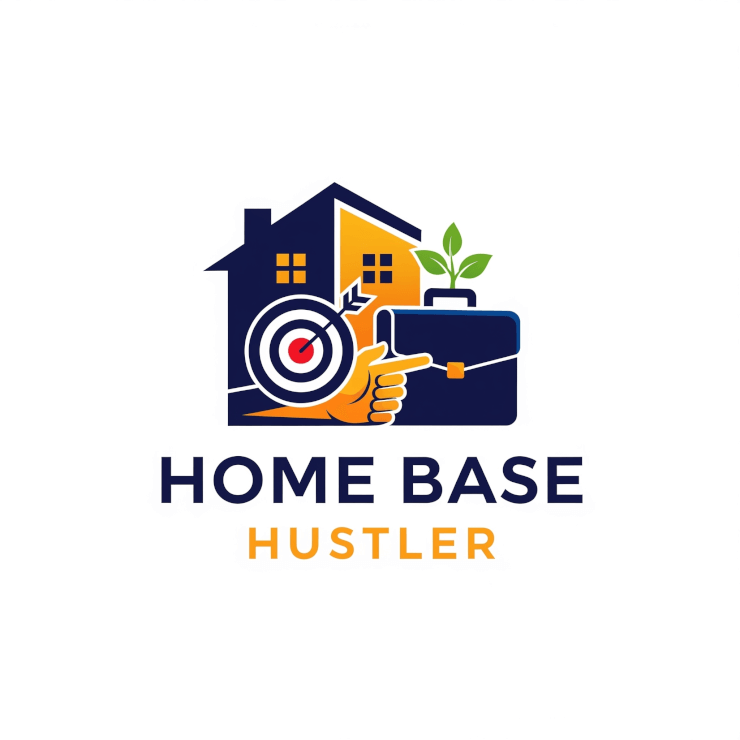A "Resource Library (Apps & Tools)" refers to a collection of digital resources, like ebooks, databases, and online learning tools, often provided by public libraries and other institutions for patrons to access. Notable examples include Libby and Hoopla for digital books and media, Kanopy for movies, Mango Languages for language learning, and LinkedIn Learning for professional development. These libraries aim to provide accessible, valuable information and tools to support literacy, education, and community engagement.
Common Types of Resources in a Digital Library
-
Ebooks and Audiobooks:.Digital versions of books and audiobooks accessible via apps like Libby and Hoopla.
-
Databases:.Collections of academic journals, research materials, and other specialized information.
-
Streaming Media:.Access to movies, documentaries, music, and other video content through platforms like Kanopy and Hoopla.
-
Online Courses:.Platforms such as Gale Courses and LinkedIn Learning offer courses on various topics, from professional skills to personal interests.
-
Language Learning Tools:.Resources like Mango Languages provide interactive ways to learn new languages.
-
Educational Support:.Platforms like Brainfuse offer tutoring and homework help, while Khan Academy provides free educational resources.
How to Access These Resources
Key Benefits
-
Accessibility:Provides access to a wide range of materials and tools from home or on the go.
-
Cost Savings:Offers free access to resources that would otherwise require paid subscriptions.
-
Diverse Content:Aims to serve a variety of interests, from educational pursuits to entertainment and personal growth.An app and tool resource library is a centralized collection of software recommendations to help businesses organize their workflows, increase efficiency, and address specific operational needs. It typically categorizes tools by function, such as finance, communication, and project management.Top apps and tools by categoryCommunication and collaboration
- Slack: A messaging platform that organizes conversations into dedicated channels for projects, teams, or clients. It integrates with over 2,000 apps and is ideal for fast-moving, remote, or hybrid teams.
- Microsoft Teams: Offers chat, video conferencing, and file sharing, and integrates deeply with the Microsoft 365 suite, including Outlook and Office applications.
- Google Workspace: A suite of cloud-based productivity apps that includes Gmail, Google Docs, Drive, and Meet. It offers strong integration and real-time collaboration on documents.
- Zoom: A video conferencing app known for high-definition video and audio. Its features include screen sharing, live chat, and polls, making it suitable for both internal and external meetings.
- Missive: A collaborative inbox for managing emails, live chats, and social messages in a single workspace. It helps customer-facing teams assign and resolve messages efficiently.
Project and work management- Asana: A project management solution that helps teams coordinate work, set deadlines, and assign tasks. It offers different views, including lists, boards, and timelines.
- Trello: A visual project management tool that uses boards, lists, and cards to organize projects and track progress. It is intuitive and flexible for creative or marketing teams.
- ClickUp: An all-in-one productivity platform for managing tasks, documents, and goals. It is more in-depth than Trello and combines many tools into one interface.
- Notion: A versatile workspace that combines documents, tasks, wikis, and calendars. Teams can use it to organize all their knowledge and projects in one centralized location.
- Wrike: A work management platform that provides visibility into business processes and helps manage personal workloads.
Finance and accounting- QuickBooks Online: A robust accounting tool for small businesses that helps manage invoices, track expenses, and run payroll. It can automate tasks and sync with platforms like Square and Shopify.
- Xero: Cloud-based accounting software that allows users to send invoices, reconcile bank statements, and track finances from any device.
- FreshBooks: Accounting software designed for small business owners and freelancers, focusing on invoicing, expense tracking, and time management.
- Wave: A free, no-frills option that can be used for invoicing and expense tracking.
- Stripe: A payment processing platform ideal for online sales and subscriptions. It supports multiple currencies and recurring billing.
Sales and marketing- HubSpot: A comprehensive CRM with a generous free plan that tracks leads, manages deal pipelines, and stores customer information. It also integrates with other marketing and sales tools.
- Mailchimp: An email marketing platform with a user-friendly drag-and-drop editor. It is popular with small businesses for creating campaigns and managing subscriber lists.
- Canva: An online design tool that allows non-designers to create professional-looking graphics for marketing materials and social media. It features thousands of templates and a drag-and-drop interface.
- Hootsuite: A social media management tool used for scheduling posts and analyzing performance across different social networks.
- Google Analytics: A free tool for tracking and reporting on website traffic. It provides insights into your audience, behavior, and conversion funnels.
Automation and integration- Zapier: An automation platform that connects different apps to create automated workflows. It eliminates repetitive, manual tasks like transferring data between apps.
- Lindy: An AI-powered automation platform that helps offload repetitive tasks like sending follow-up emails, updating CRMs, or taking meeting notes.
Tips for creating your own resource library- Know your audience: Identify the specific roles, skills, and departments your library will serve. This will help you curate the most relevant and useful tools.
- Organize with purpose: Categorize resources logically, such as by function (e.g., "Accounting," "Project Management") or team (e.g., "Marketing," "Human Resources").
- Incorporate different formats: Go beyond simple text lists by including links to videos, tutorials, templates, and articles. This makes the content more engaging and accessible for different learning styles.
- Keep it current: Regularly review and update your recommendations to ensure all tools and information are relevant and not outdated.
- Build an internal "app store": For larger organizations, consider creating an internal, searchable database of approved software. Include details on how to get started, pricing, and key features to streamline onboarding.
- Centralize access: Instead of having resources scattered across different documents, create one central hub. Use a tool like Notion to build a single source of truth for your team.
AI responses may include mistakes. Learn more
